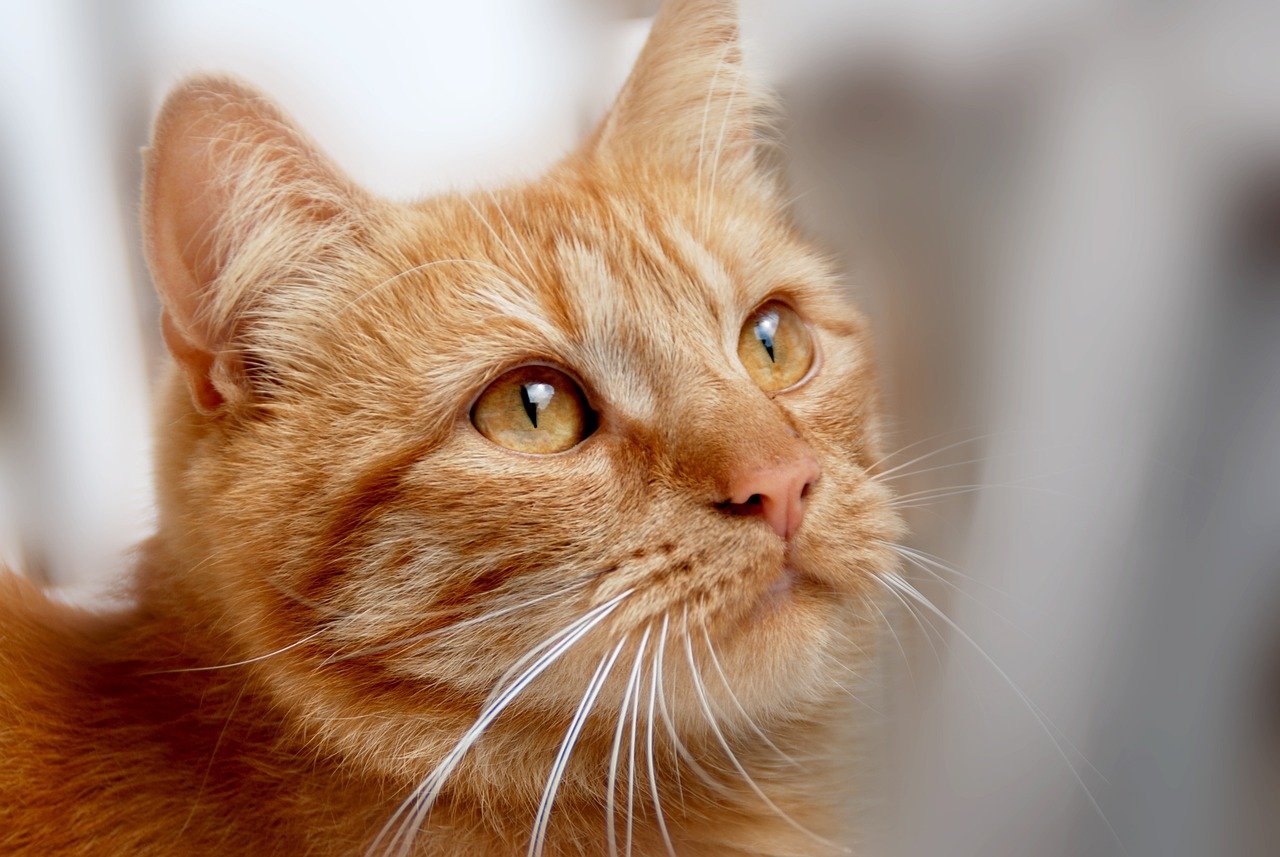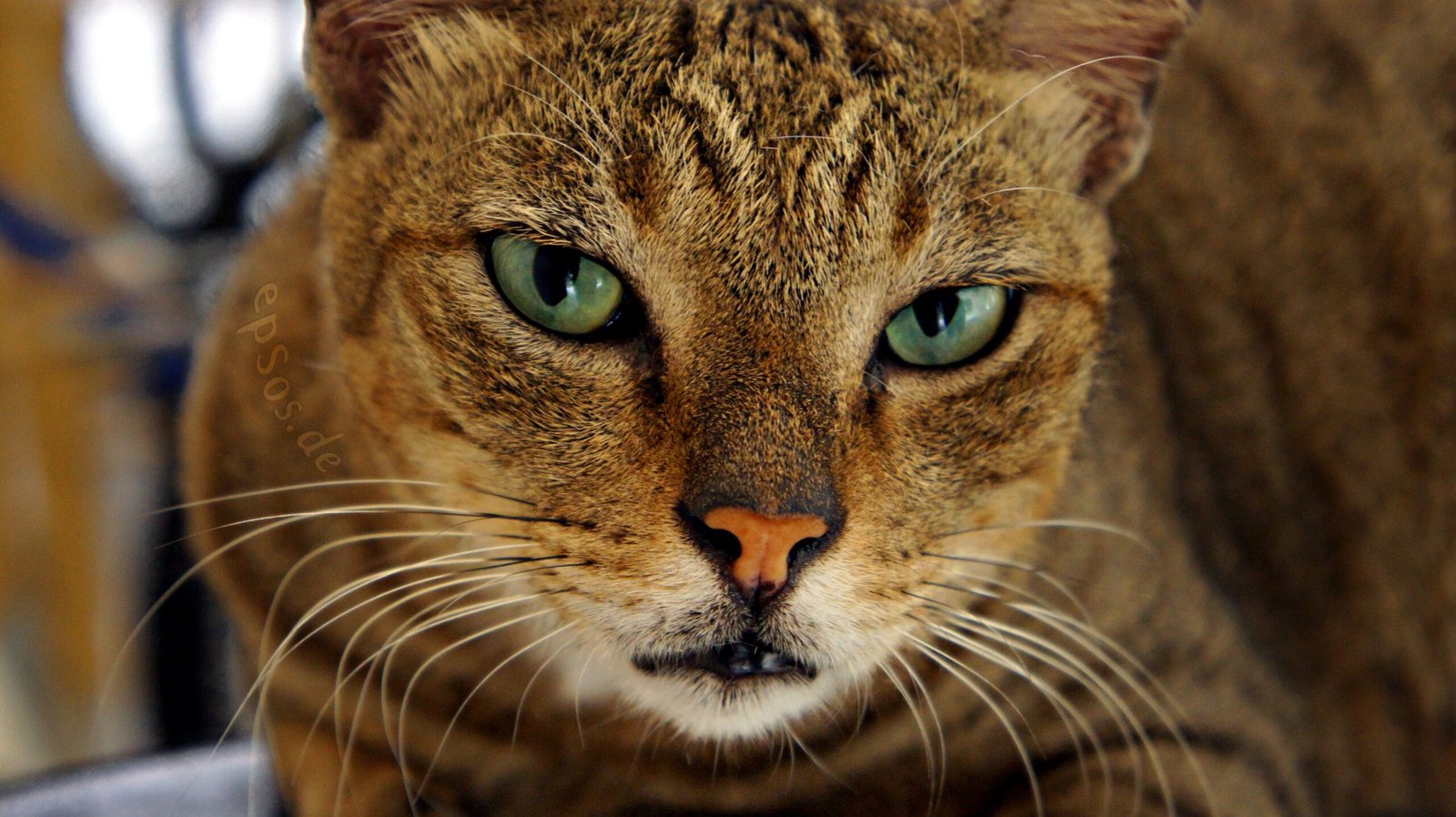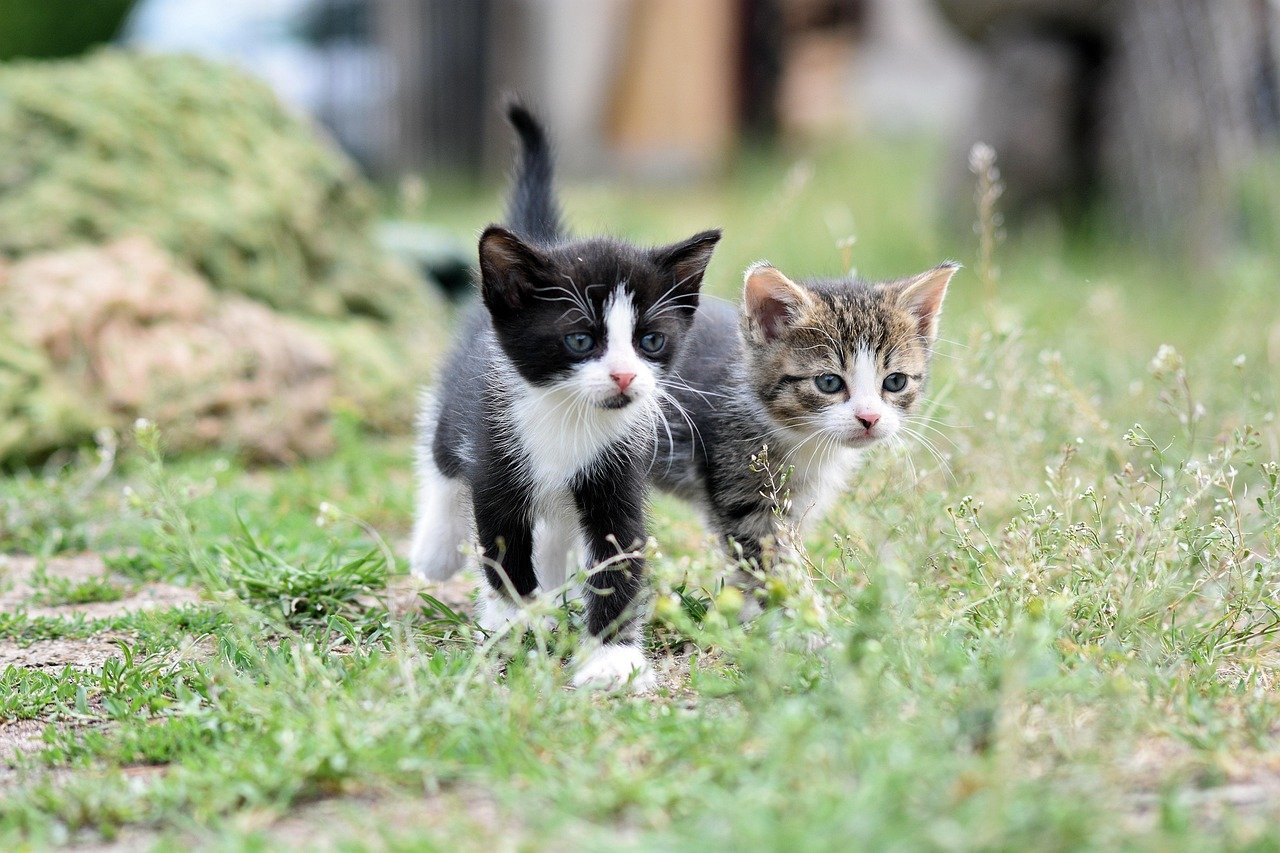Have you ever watched a nervous cat slowly transform into a loving, happy companion? The change can be astonishing—and even a little magical. For many cat lovers, seeing their feline friend finally relax and open up is a heartwarming experience that creates a bond like no other. But what truly happens to a cat when they finally feel at home? From subtle shifts in body language to dramatic changes in personality, the journey from wary newcomer to beloved family member is full of surprises, joy, and sometimes even a few hilarious antics. If you’ve ever wondered what goes on inside your cat’s mind and heart during this transformation, prepare to be inspired, amused, and perhaps even a little moved by the incredible changes that unfold when a cat truly finds their place.
The Unmistakable Signs of Relaxation
When a cat finally feels at home, one of the first things you’ll notice is their body language. Tense muscles and cautious movements begin to fade away, replaced by languid stretches and relaxed poses. Cats often sprawl out on their backs, exposing their vulnerable belly—a clear signal of trust. You might see your cat kneading soft blankets or even your lap, a comforting behavior left over from kittenhood. Their tail, once tightly wrapped around their body, now sways gently or lies loose. Even their whiskers and ears become more expressive and less rigid. These changes are simple yet powerful ways your cat tells you, “I feel safe here.”
Emergence of Playful Behavior
A playful cat is a happy cat. When a feline feels truly at home, their curiosity comes alive. Toys that once gathered dust suddenly become irresistible objects of fascination. You might find your cat chasing after shadows, pouncing on toy mice, or batting at dangling strings with infectious enthusiasm. Sometimes, the simplest things—like an empty cardboard box or a crumpled piece of paper—become the stage for an energetic show. This playfulness isn’t just entertaining; it’s a vital sign that your cat feels confident, safe, and ready to explore their world.
Seeking Out Human Companionship
Cats are famously independent, but when they trust you, that independence softens. A cat that once hid under the bed might now follow you from room to room, seeking your company. They may hop onto your lap, curl up beside you on the couch, or gently headbutt your hand for affection. This desire to be near you is a remarkable shift, showing your cat has chosen you as their person. The bond deepens every time they choose your presence over solitude, turning simple moments into lasting memories.
The Art of Slow Blinking

If you catch your cat slowly blinking at you, consider it the feline equivalent of a loving smile. Cats use slow blinks to communicate relaxation and affection, both with humans and other cats. When your cat feels at home, these gentle blinks become more frequent and deliberate. You can return the gesture, blinking slowly in response, to reassure your cat and strengthen your bond. This silent, shared language is one of the most touching signs that your cat feels truly comfortable and connected to you.
Unleashing the Purr Machine
A cat’s purr is one of life’s simple pleasures, and it often signals deep contentment. When your cat feels safe in their new environment, you’ll hear that soothing, rhythmic rumble far more often. They might purr when curled up on your lap, during gentle petting sessions, or even while simply napping nearby. This isn’t just a sound—it’s a heartfelt expression of happiness and trust. Sometimes, the purr can be so loud you wonder how such a little creature can make such a big noise!
Curiosity in Every Corner
A cat who feels at home becomes an explorer in their own territory. Suddenly, every nook and cranny is worth investigating, from the top of the bookshelf to the mysterious space under the couch. They may confidently patrol their domain, occasionally pausing to sniff or rub their scent on furniture. This behavior is a sure sign that your cat feels secure and sees your home as their own, claiming it with every whisker twitch and paw step.
Vocalizations and Communication
Some cats are naturally chatty, while others are more reserved. But when a cat feels comfortable, their vocalizations often become richer and more varied. You might hear soft chirps, trills, or gentle meows as they interact with you. Some will even “talk back” if you speak to them, creating a back-and-forth conversation that’s both amusing and endearing. Each sound is a small piece of your cat’s personality shining through, a sign of their growing confidence.
Displaying Their Belly
When your cat rolls onto their back and exposes their belly, it’s not just an invitation for a tummy rub—it’s the ultimate gesture of trust. The belly is a vulnerable spot for any animal, and showing it off means your cat feels entirely safe. While not all cats enjoy having their belly touched, the very act of exposing it is a heartfelt declaration: “I trust you.” If you’re lucky enough to witness this, you know your cat truly feels at home.
Grooming in Your Presence
Cats are fastidious groomers, but when they feel secure, they often begin to groom themselves openly in your presence. This seemingly mundane behavior is actually a sign of deep comfort and trust. Sometimes, a cat may even groom you—licking your fingers or hair as if you were part of their family. These moments are subtle but powerful reminders that your cat considers you part of their inner circle.
Sleeping Soundly and Freely
A cat that feels at home will sleep deeply and in the open, rather than hiding away. You’ll find them sprawled across the bed, curled up in sunbeams, or even dozing upside down on the sofa. Their choice of sleeping spots shifts from hidden corners to central locations, a clear sign that they no longer feel the need to hide. Watching a cat sleep so peacefully is not just adorable—it’s proof that they truly feel safe.
Marking Their Territory—With Love

Cats have scent glands on their cheeks, paws, and flanks, and they use these to mark their territory. When your cat rubs against your furniture—or against you—they’re claiming you as part of their world. This isn’t just about ownership; it’s about belonging. The more your cat rubs and marks, the more confident they feel that your home is their home, too.
Eating With Gusto
A cat’s appetite can be a reliable indicator of how settled they feel. Cats that are anxious or unsure often eat less, picking at their food or skipping meals altogether. But once they feel at home, mealtimes become joyful events. You might notice your cat eagerly anticipating food, finishing meals with enthusiasm, or even developing quirky preferences for certain treats. A healthy appetite is a clear sign of well-being and happiness.
Using the Litter Box Consistently

For cats, proper litter box habits are closely tied to their sense of security. A nervous or unsettled cat might avoid the box or have accidents elsewhere. But when a cat feels at home, they use their litter box reliably and confidently. You might even catch them covering their waste meticulously, a sign that they feel safe enough to let their guard down. This routine behavior is a quiet but clear sign of comfort.
Initiating Physical Contact

A cat that seeks out petting or snuggles is showing real affection. When a cat finally feels at home, they may nudge your hand for strokes, hop onto your lap, or even stretch out beside you for a cozy nap. These moments of closeness are precious, signaling that your cat not only trusts you but also enjoys your company. Their willingness to initiate contact is one of the most rewarding aspects of building a relationship with a feline friend.
Bringing You “Gifts”
Sometimes, a cat that feels at home will present you with “gifts”—like a favorite toy or, in the case of outdoor cats, something more surprising. While these offerings might not always be what you’d choose, they’re heartfelt tokens of affection. Your cat is sharing something they value because they see you as family. Accepting these gifts, even with a smile and a gentle laugh, is a way to honor that bond.
Reduced Startle Responses
Cats that are anxious or unsure often jump at sudden noises or movements. But as they grow comfortable, their startle response diminishes. Loud sounds or unexpected events might only earn a curious glance instead of a panicked dash under the furniture. This new calmness means your cat feels secure in their environment and trusts that no real danger lurks nearby.
Engaging in Routine Activities
A cat that feels at home quickly settles into a daily rhythm. You’ll notice predictable patterns—morning stretches, afternoon naps, evening play sessions. Routine brings comfort, and a cat that sticks to one is telling you they feel safe enough to relax. These rituals, whether it’s greeting you at the door or curling up with you at bedtime, weave your lives together in the sweetest ways.
Displaying Individual Quirks

When cats finally feel at home, their true personalities shine. Some become little comedians, darting around the house or inventing new games. Others reveal a love for certain toys, or develop funny habits—like carrying socks or “talking” to birds outside the window. These unique quirks are what make each cat special, and seeing them emerge is one of the most delightful rewards of earning a cat’s trust.
Improved Coat and Overall Health

Stress can take a toll on a cat’s appearance and health. Once they feel secure, many cats develop shinier coats, brighter eyes, and a generally healthier look. They might even gain a little healthy weight and become more energetic. Good health is both a sign and a result of happiness, reflecting the powerful connection between emotional well-being and physical vitality.
Socializing With Other Pets

If you have multiple pets, a cat that feels at home will begin to interact more confidently with other animals. You might witness gentle play, mutual grooming, or even shared nap times. Of course, every cat is unique, and some prefer solitude—but positive interactions with other pets are a strong indicator of comfort and belonging. Watching your cat find their place within the family “pack” can be both touching and reassuring.
Expressing Affection in Their Own Way
Every cat has a unique love language. Some are openly affectionate, while others show their feelings in quieter ways. From gentle headbutts to sitting nearby, each gesture is a sign that your cat feels truly at home. These moments of connection, big and small, are the heart of the human-feline relationship. The transformation is complete when your cat, in their own special way, tells you, “I belong here.”
Hi, I’m Bola, a passionate writer and creative strategist with a knack for crafting compelling content that educates, inspires, and connects. Over the years, I’ve honed my skills across various writing fields, including content creation, copywriting, online course development, and video scriptwriting.
When I’m not at my desk, you’ll find me exploring new ideas, reading books, or brainstorming creative ways to solve challenges. I believe that words have the power to transform, and I’m here to help you leverage that power for success.
Thanks for stopping by, Keep coming to this website to checkout new articles form me. You’d always love it!






